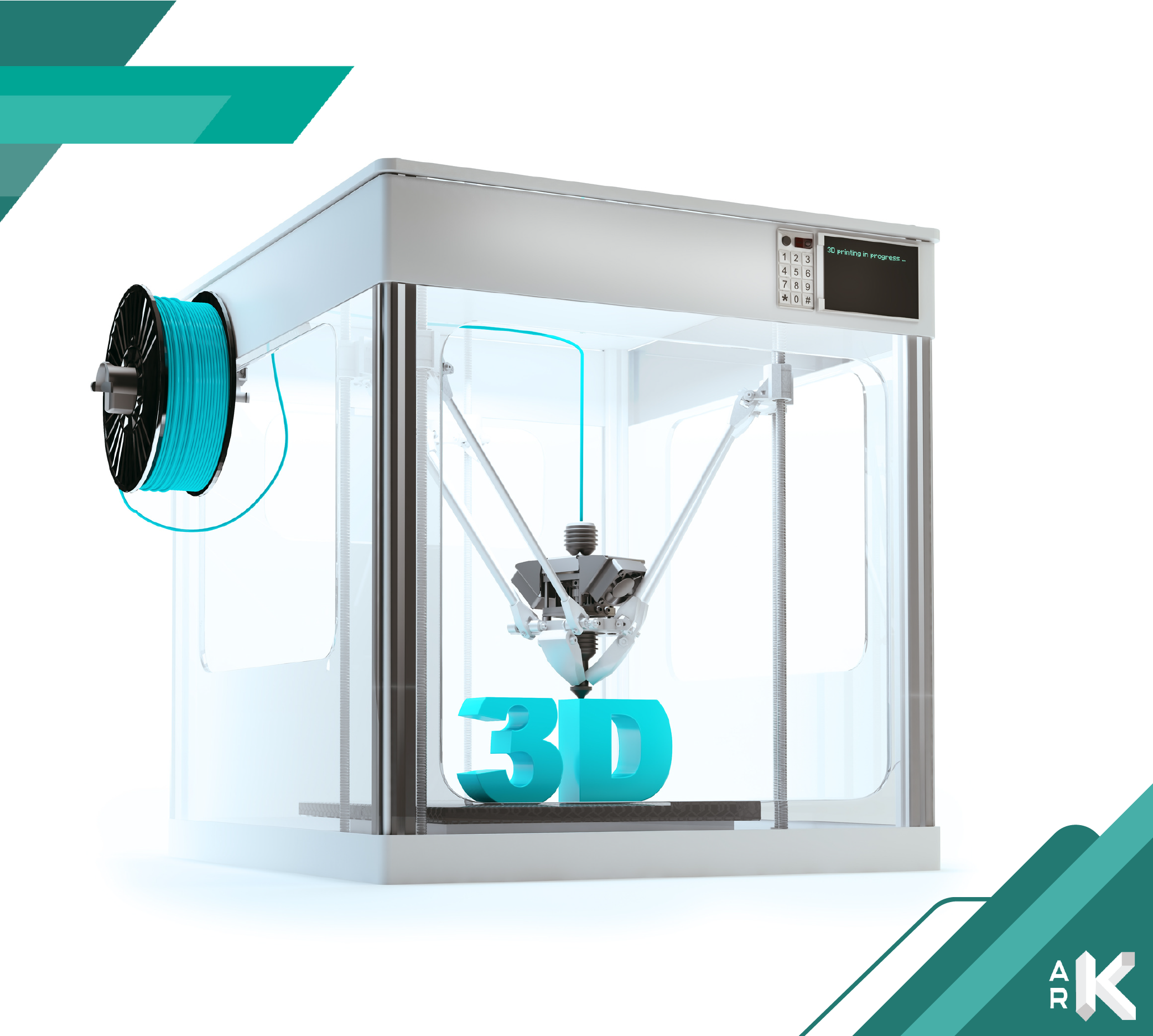
FDM (Fused Deposition Modeling) Plastic Filament Printers
FDM printers employ thermoplastic filaments, which are plastic materials that melt upon heating. They can be molded when hot and solidify upon cooling. The filament is fed into the printer’s extruder assembly heating chamber, where it is heated to its melting point and then extruded through a metal nozzle. As the extruder assembly moves, it follows a path that has been programmed into a 3D model file, creating the printed model layer by layer.
Examples of FDM Printer Applications
FDM (Fused Deposition Modeling) 3D printing technology has evolved significantly over the years, leading to a wide range of applications across various fields. Some notable examples include:
- Prototyping: FDM printers are extensively used for rapid prototyping, allowing designers and engineers to test and refine their designs quickly and cost-effectively.
- Educational Tools: In education, FDM printing helps in creating complex geometrical models, historical artifacts replicas, and science project components, enhancing learning through tactile experiences.
- Custom Tools and Parts: FDM technology is ideal for manufacturing custom tools, jigs, fixtures, and parts on-demand, reducing the lead time and costs associated with traditional manufacturing.
- Medical Models: For the medical and healthcare industry, FDM printing is used to produce anatomical models for surgical planning and educational purposes.
- Art and Fashion: Artists and designers use FDM printing to explore new forms of expression, creating unique art pieces, jewelry, and even clothing.
- Home and Office Items: FDM printers produce a variety of useful items like replacement parts, home decor, and office supplies, facilitating custom solutions to everyday needs.
The versatility and accessibility of FDM 3D printing have made it a cornerstone of innovation, from professional settings to personal projects.

Advantages of FDM (Fused Deposition Modeling) 3D Printers
Cost-Effectiveness
Ease of Use
Material Versatility
Durability and Strength
Wide Range of Applications
Ease of Maintenance
These advantages underscore the significance of FDM technology in the realm of 3D printing, highlighting its role in democratizing access to 3D printing technologies and enabling innovation across various sectors.
Materials Used in FDM (Fused Deposition Modeling) Printers

A biodegradable thermoplastic made from renewable resources like corn starch. PLA is popular for its ease of use, low warping, and vibrant color options, making it ideal for beginners and applications where aesthetic appeal is important.
Known for its strength, durability, and higher temperature resistance compared to PLA. ABS is widely used in functional prototypes and objects that require toughness, though it can emit odors during printing.
Combines the ease of printing of PLA with the strength and durability of ABS. PETG is also resistant to moisture and chemicals, making it suitable for practical applications.
A flexible and durable material that can be stretched and bent, ideal for creating parts like phone cases, flexible joints, and seals.
Offers high strength and flexibility, making it suitable for parts that need to withstand wear and tear. Nylon is also resistant to chemicals and high temperatures.
Similar to ABS but with improved UV resistance, making it suitable for outdoor applications where exposure to sunlight is a concern.
Known for its high strength and temperature resistance, PC is used in demanding applications, such as engineering and industrial components.


